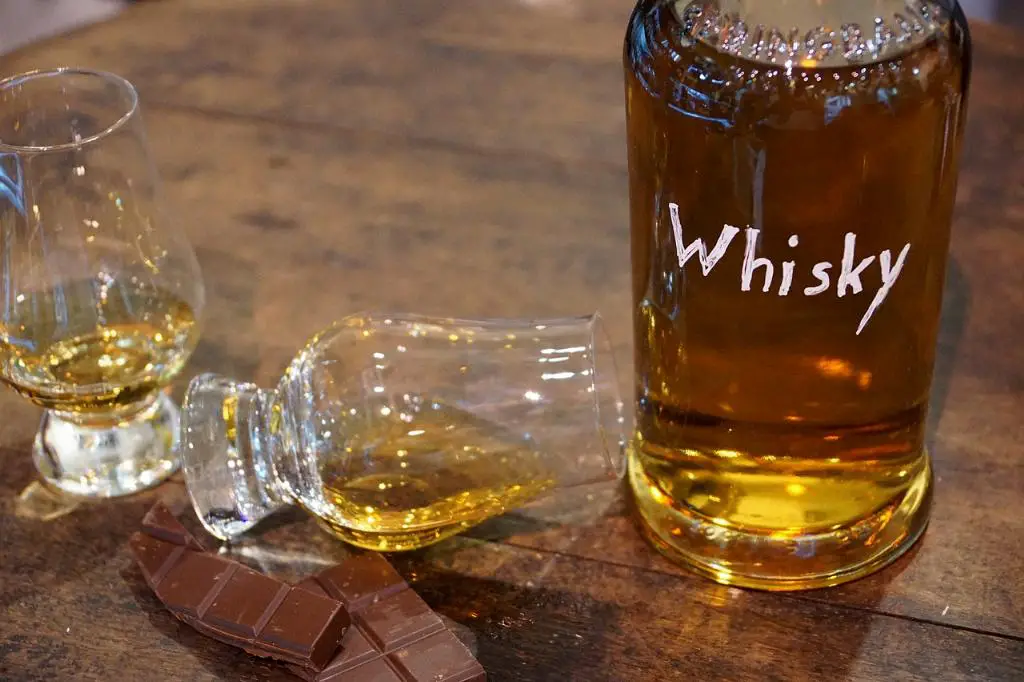When it comes to spirits, there are numerous options to choose from. Two popular choices that often get confused are corn whiskey and moonshine. Although they both have a connection to corn, their production methods and characteristics set them apart. In this article, we will explore the key differences between corn whiskey and moonshine to help you better understand and appreciate these unique spirits.
The Foundation: Corn Liquor
Corn liquor, also known as corn whiskey, has a long history in the United States. It has been commercially produced by major distilleries for centuries. What sets corn whiskey apart is its use of corn as its primary grain. In fact, it is required by law to have a minimum corn content of 80%. This high corn content contributes to its distinct flavor profile.
Bourbon and Corn Whiskey
Now, you might wonder, how does corn whiskey differ from bourbon? Well, the key distinction lies in the aging process. While both spirits use corn as their base, bourbon is aged in charred oak barrels for a specific period of time. On the other hand, most corn whiskey is not aged or is aged for a shorter duration. This lack of aging gives corn whiskey a raw, unrefined flavor that some enthusiasts appreciate.
Moonshine: The Infamous Spirit
Moonshine, on the other hand, is often associated with homemade or illicit production. It has gained notoriety due to its historical association with illegal distillation during the prohibition era. Unlike corn whiskey, moonshine is typically not aged and is sold and consumed right away. This immediate consumption contributes to its potent and sometimes harsh taste.
The Distillation Process
Another significant difference between corn whiskey and moonshine lies in the distillation process. Corn whiskey is distilled in legally operated stills, adhering to specific production standards and guidelines. It is subject to quality control measures, ensuring consistency and purity. Moonshine, however, is often distilled in homemade or improvised stills, with no standardized processes or regulations. This can lead to variations in quality and taste.
Flavor Profiles
As we mentioned earlier, corn whiskey has a raw and unrefined flavor. Its high corn content provides a sweet and slightly grainy taste, which can be enhanced by other grains used in its production. On the contrary, moonshine can have a wide range of flavors. It can be fruity, floral, or even harsh and fiery, depending on the ingredients and distillation method employed.
Legal Status
Corn whiskey is a legal spirit that is regulated and taxed by government authorities. It is produced by licensed distilleries and follows specific guidelines set by the relevant regulatory bodies. Moonshine, in contrast, often refers to illegally produced spirits. Although there are some legal versions available on the market today, the term “moonshine” still carries the connotation of illicit production.
Consumer Preference
While both corn whiskey and moonshine have their fan base, their appeal lies in different areas. Corn whiskey enthusiasts appreciate its authentic and unaged taste, often associating it with traditional American distillation methods. Moonshine aficionados, on the other hand, may be drawn to its historical significance and experimental nature, as well as the thrill of trying something “underground.”
Mixology and Versatility
Corn whiskey and moonshine offer unique opportunities for mixologists and cocktail enthusiasts. The unaged nature of moonshine makes it a versatile base for creating a wide array of cocktails, allowing bartenders to experiment with bold, intense flavors. Corn whiskey, with its distinct sweetness and grainy character, can also be an excellent base for classic whiskey-based cocktails or enjoyed neat.
Price Range
Another factor to consider when comparing corn whiskey and moonshine is the price range. Due to its regulated production and quality control measures, corn whiskey produced by established distilleries typically falls into a higher price range. Moonshine, being more variable in quality and often associated with homemade production, can be found at a wider range of price points.

The Final Verdict
In conclusion, the main differences between corn whiskey and moonshine lie in their production methods, aging process, legal status, and flavor profiles. Corn whiskey is legally produced, often aged, and offers a distinct sweet and grainy taste. Moonshine, on the other hand, is often associated with illicit production, has a raw and immediate flavor, and is subject to a wider range of flavors. Both spirits have their charm and appeal, catering to different preferences and experiences.
